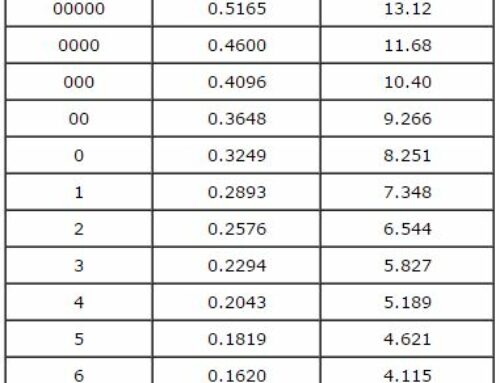First things first:
No matter what you’ve heard, read, or been told by your best
friend – clarity is NOT a measurement of a diamond’s beauty. Really, it’s not.
Only in very uncommon situations is there any kind of correlation between a
diamond’s clarity grade and the way it looks to the unaided eye. With that said,
what exactly is a clarity grade? It’s a measurement of a diamond’s purity and
rarity. That’s all.
The clarity grade of a diamond is determined by a skilled grader under optimum
laboratory conditions using ten-power (10X) magnification. The grader is looking
for any characteristics inside the diamond (called inclusions) or any
characteristics on the surface (called blemishes). Once the grader has found all
these characteristics they are evaluated based on their size, type, position,
color and number. Once the grader has finished this process a final clarity
grade is assigned. There are eleven clarity grades in the GIA system ranging
from Flawless (Fl) to Imperfect 3(I3).
GIA Clarity Grades
[table id=36 /]
A very small percentage of diamonds in the SI range have some characteristics
may be visible to the unaided eye. Otherwise, most characteristics of diamonds
graded SI2 or higher you’ll never see.
Diamonds falling in the Imperfect grades will more commonly have eye-visible
inclusions. However: an Imperfect grade DOES NOT necessarily mean that the stone
will be unattractive to the eye. This is just another reason why is it so
important to look at a diamond carefully before you buy it. It’s also another
reason why you should never buy a diamond based solely on its grades.
Clarity is actually a range:
Many consumers become too fixated on the clarity grade of a stone without
considering the bigger picture. Think of it this way:
Think of a clarity grade as your age. Let’s say you’re 34 years old (and don’t
look a day over 29). You could be very close to your 34th birthday (maybe it was
yesterday) or you could be really close to your 35th birthday (it could be
tomorrow), but when people ask your age you just tell them that you are 34.
It’s the same way with clarity grades: A VS2 diamond could be high or low in the
VS range. In fact, if the diamond at either end of the range was sent to another
lab (or even back to the same lab at a later date) it might very well get a
different grade.
Diamond grading documents don’t tell you where in the range a stone falls. It
could be right on the edge in either direction or smack in the center of the
range. You’ll never know. This is a very good reason not to get too hung up on a
diamond’s clarity grade when making a decision. Always consider beauty first and
foremost when selecting a diamond.
Remember:
A high clarity grade may mean rarer (and more expensive), but it
doesn’t necessarily mean a more beautiful diamond!






Leave A Comment